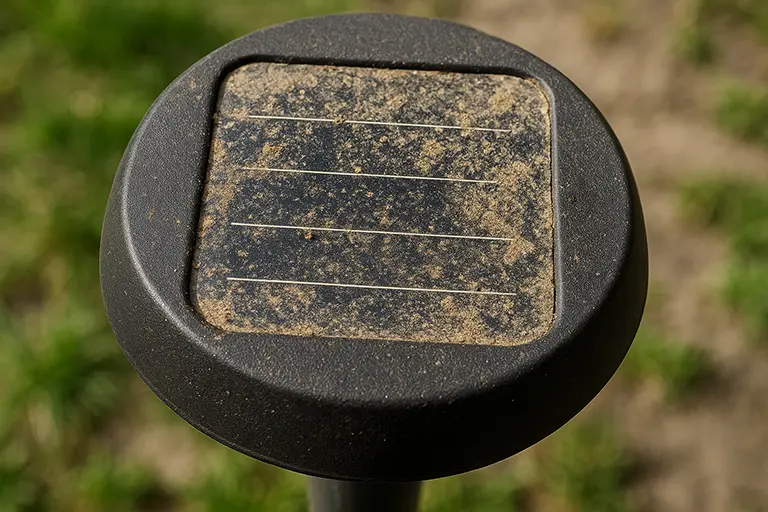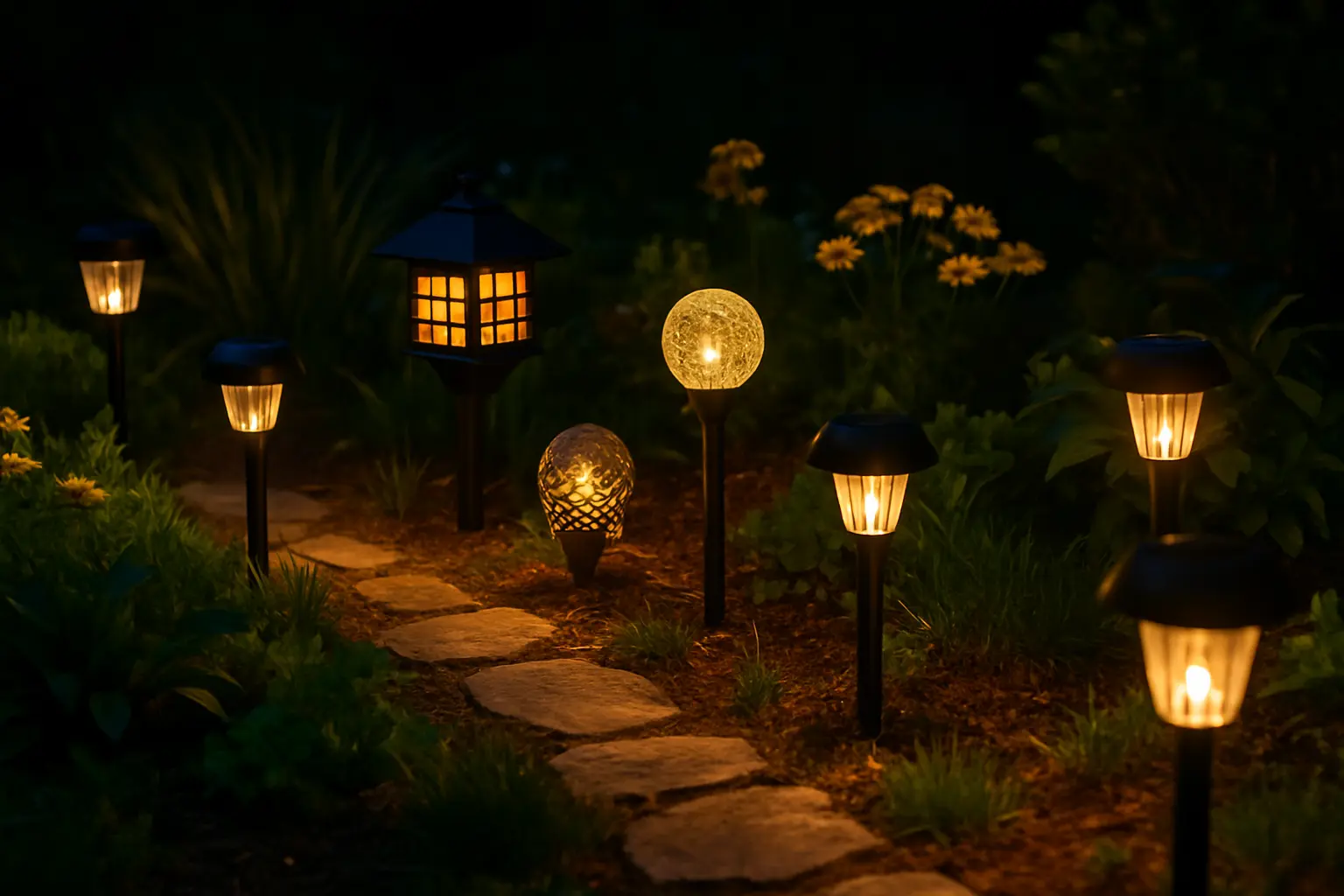Solar garden lights offer an eco-friendly and maintenance-light option for outdoor illumination. However, users often encounter performance issues that can compromise their effectiveness. Understanding the common problems—and how to address them—can significantly extend the lifespan and reliability of your solar lighting system.
1. Lights Not Turning On at Night
Possible Causes:
- Insufficient Sunlight Exposure
The solar panel may not receive enough direct sunlight during the day to fully charge the battery. - Dirty Solar Panels
Dust, pollen, or debris can block sunlight from reaching the photovoltaic cells. - Faulty Sensor or Battery
A worn-out sensor may not recognize darkness, or the battery may no longer hold a charge.
Solutions:
- Relocate the light to an area with at least 6–8 hours of direct sunlight.
- Clean the panel with a damp cloth regularly.
- Replace old rechargeable batteries every 1–2 years.
- Ensure the unit is not under artificial light at night, which could confuse the sensor.
2. Lights Only Work for a Few Hours
Possible Causes:
- Weak Battery Capacity
Low-capacity or aging batteries won’t store enough energy to last the night. - Short Winter Days
Reduced sunlight in winter limits charging time.
Solutions:
- Upgrade to higher-capacity rechargeable batteries (e.g., 1200–2000 mAh).
- Use lights with “power-saving mode” for dimmer output and longer operation.
- Supplement with external solar panels if placement options are limited.
3. Solar Lights Not Charging
Possible Causes:
- Obstructed or Shaded Panels
Trees, awnings, or other structures may block sunlight. - Corroded Battery Contacts
Moisture ingress can cause rust or oxidation inside the battery compartment. - Defective Solar Panel
Physical damage or manufacturing defects can reduce panel efficiency.

Solutions:
- Move the unit to an unshaded, south-facing location.
- Open the battery housing and clean contacts with a dry cloth or sandpaper.
- If the solar panel is cracked or cloudy, consider replacing the fixture.
4. Inconsistent Lighting or Flickering
Possible Causes:
- Loose Battery Connection
Movement or vibration may loosen the battery terminals. - Water Damage
Condensation or rainwater may infiltrate the housing and affect internal circuits.
Solutions:
- Open the unit and reseat the battery securely.
- Choose lights with a high waterproof rating (IP65 or above).
- Add a silica gel packet inside the housing to absorb internal moisture.
5. Motion Sensor Not Responding Properly
Possible Causes:
- Sensor Obstruction
Dirt, spider webs, or landscape features may block the sensor’s line of sight. - Improper Sensitivity Settings
Sensitivity may be too low or high, causing missed detections or constant triggering.
Solutions:
- Gently clean the motion sensor lens.
- Adjust the sensor’s angle and detection range according to the manual.
- Avoid placing near heat sources (like AC units) that can cause false triggers.
6. Color Fading or Dimming Over Time
Possible Causes:
- LED Degradation
Over time, LEDs may lose brightness, especially in lower-end models. - Plastic Housing Discoloration
UV exposure can cause lens yellowing or housing fading.
Solutions:
- Invest in solar lights with high-quality LED chips rated for >50,000 hours.
- Choose UV-resistant materials like tempered glass or polycarbonate lenses.
- Consider replacing worn-out units if brightness significantly declines.
Summary Table: Quick Fixes
| Problem | Likely Cause | Recommended Fix |
|---|---|---|
| Not turning on | Weak battery or sensor malfunction | Clean panel, replace battery, check sensor |
| Short runtime | Low battery capacity | Upgrade battery, use power-saving mode |
| Not charging | Shade or panel issue | Relocate light, clean or replace panel |
| Flickering | Loose battery or water ingress | Reseat battery, ensure waterproof seal |
| Sensor not responding | Blocked or poorly adjusted sensor | Clean lens, reposition, adjust sensitivity |
| Color fading | Aging LED or UV damage | Replace with UV-resistant, high-grade LEDs |
Final Recommendations
To maximize the performance and lifespan of your solar garden lights:
- Perform seasonal maintenance checks.
- Invest in products with quality components (monocrystalline panels, Li-ion batteries, IP65 rating).
- Keep spare rechargeable batteries on hand for quick replacements.
- Consider solar lighting systems with replaceable parts to reduce total cost of ownership.

Leave a Reply